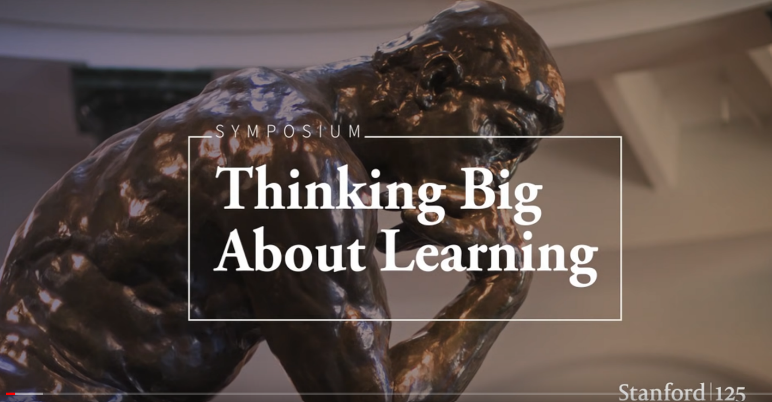
Image Source: Teaching a Growth Mindset – Carol Dweck (YouTube, Stanford)
In this presentation, Carol Dweck from Stanford University explains how people’s views on their intelligence, talents and abilities affect their (and their organisation’s) performance.
Carol argues, “Learning a growth mindset transforms the meaning of effort and difficulty. Students with a growth mindset take on more challenges, are more resilient in the face of setbacks, and learn more. People in growth mindset companies say they feel empowered to learn, innovate, and create.”
Carol talks about the need for sustained effort, being taken out of your comfort zone and repeatedly solving problems. Seeing failure as a positive platform for learning is key. At the heart of it is a core belief that you can grow your capabilities, and this belief becomes self-fulfilling.
In an organisational context, we believe it’s actually a precursor to effective, sustained change.
Here’s a simple exercise to check the framing of your change and learning initiatives. Review your change communications and learning experiences. What’s the underlying message you’re sending? Rate your programme on the following attributes:
- Failure is treated as an opportunity to learn and grow
- Criticism is used constructively to improve systems
- Challenging tasks are used to build capability
- Perseverance and creative risk-taking is rewarded.
Now think about the culture of your organisation. What do you see in how teams think, engage and act? A growth mindset is palpable when you know how to look for it. Its absence is palpable as well.
It’s easy in transformation programmes to focus attention on the business processes, defining benefits, the software, the roles and teams. Don’t forget to take time to be strategic about your framing of communications and the training programmes.
This short presentation from John Spencer has a great summary of the Growth Mindset vs. Fixed Mindset concepts.
